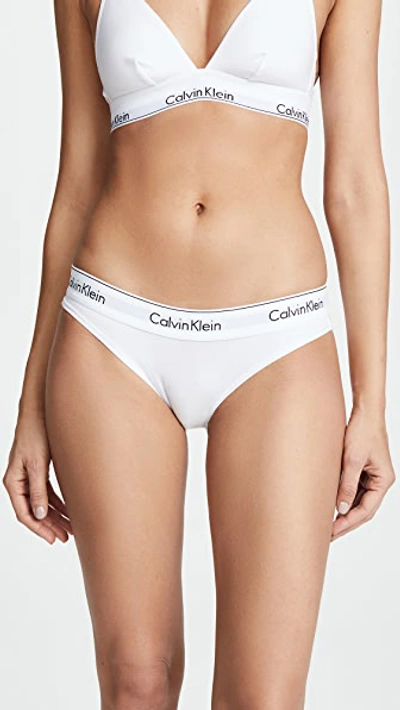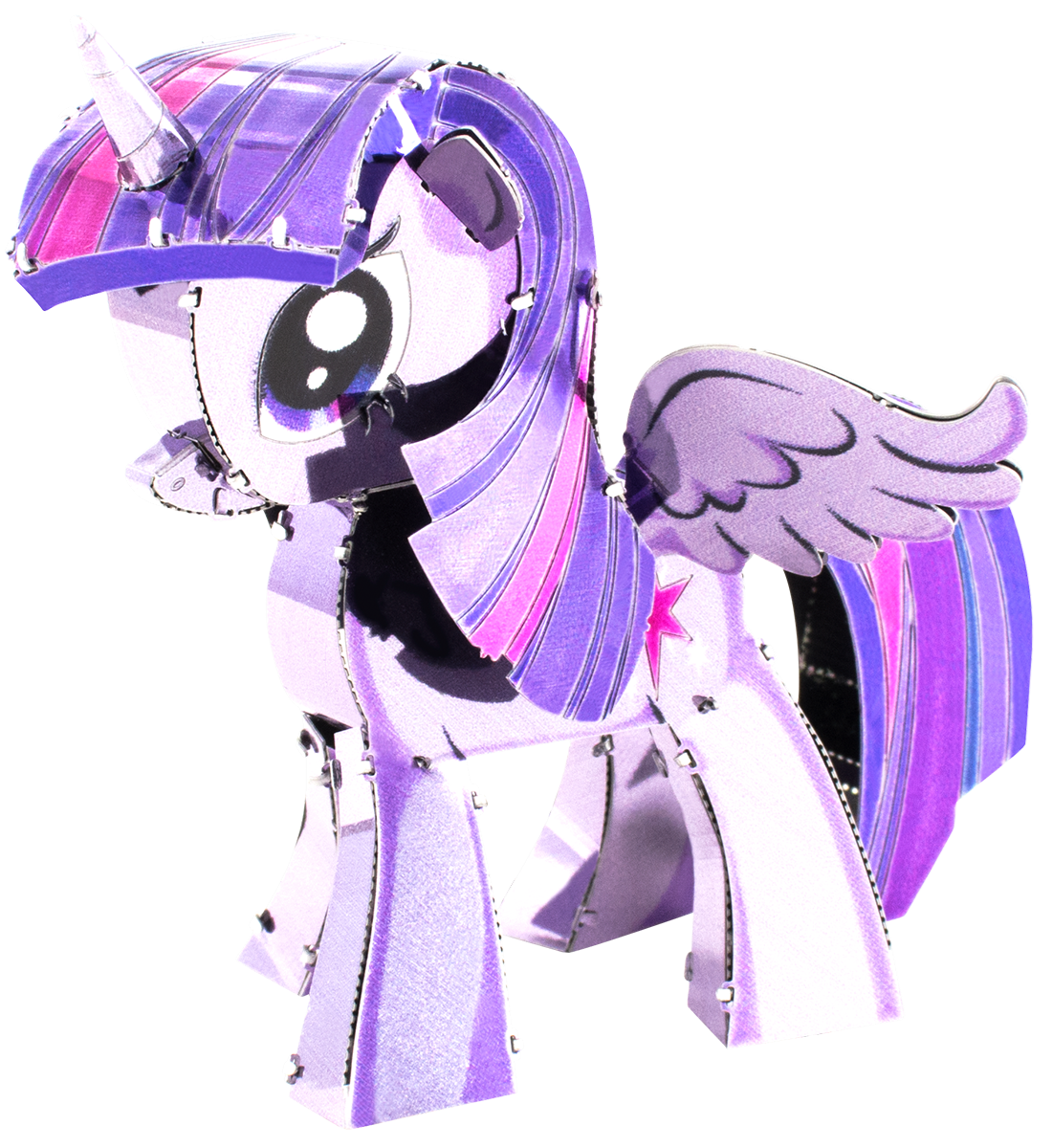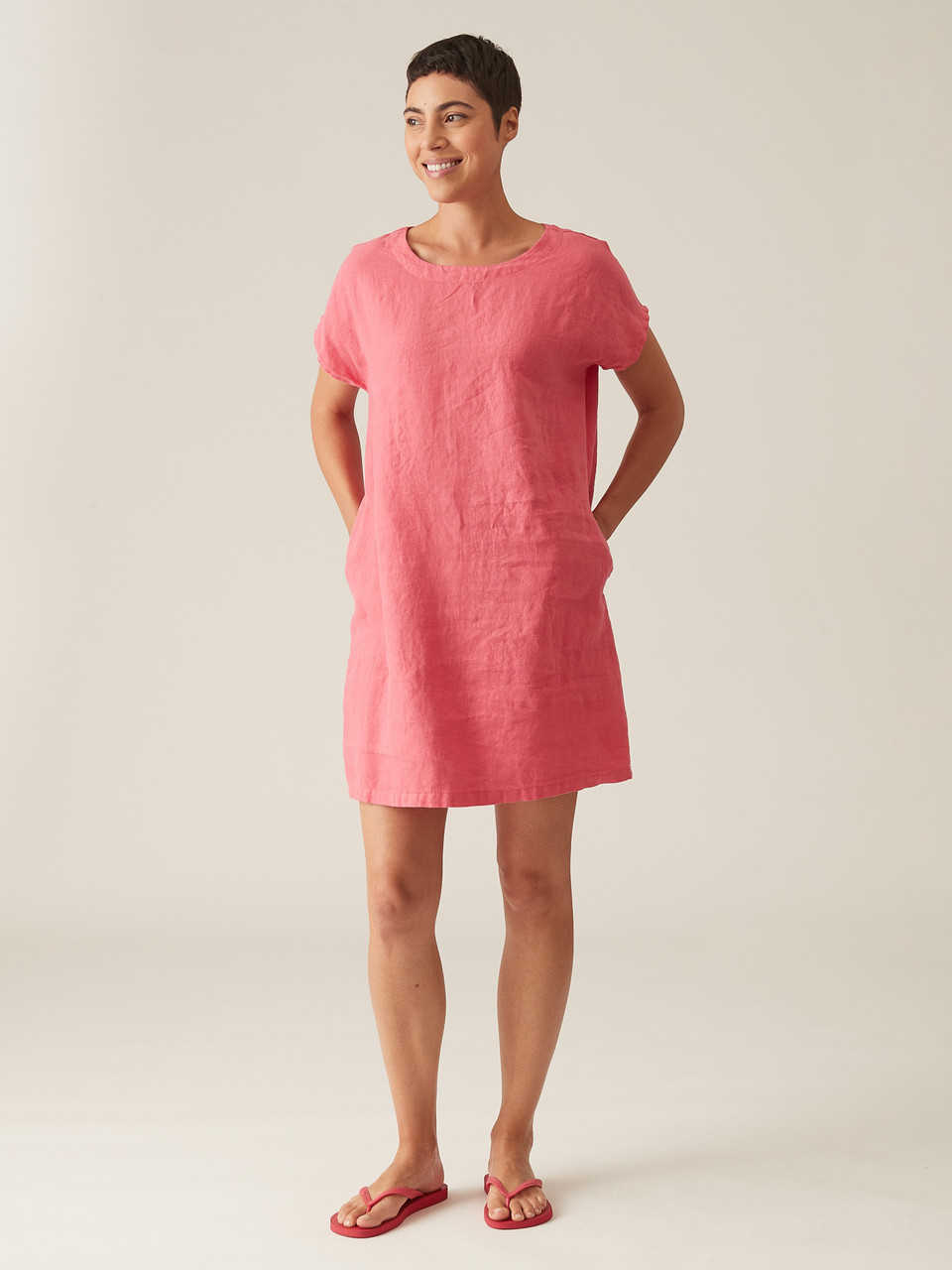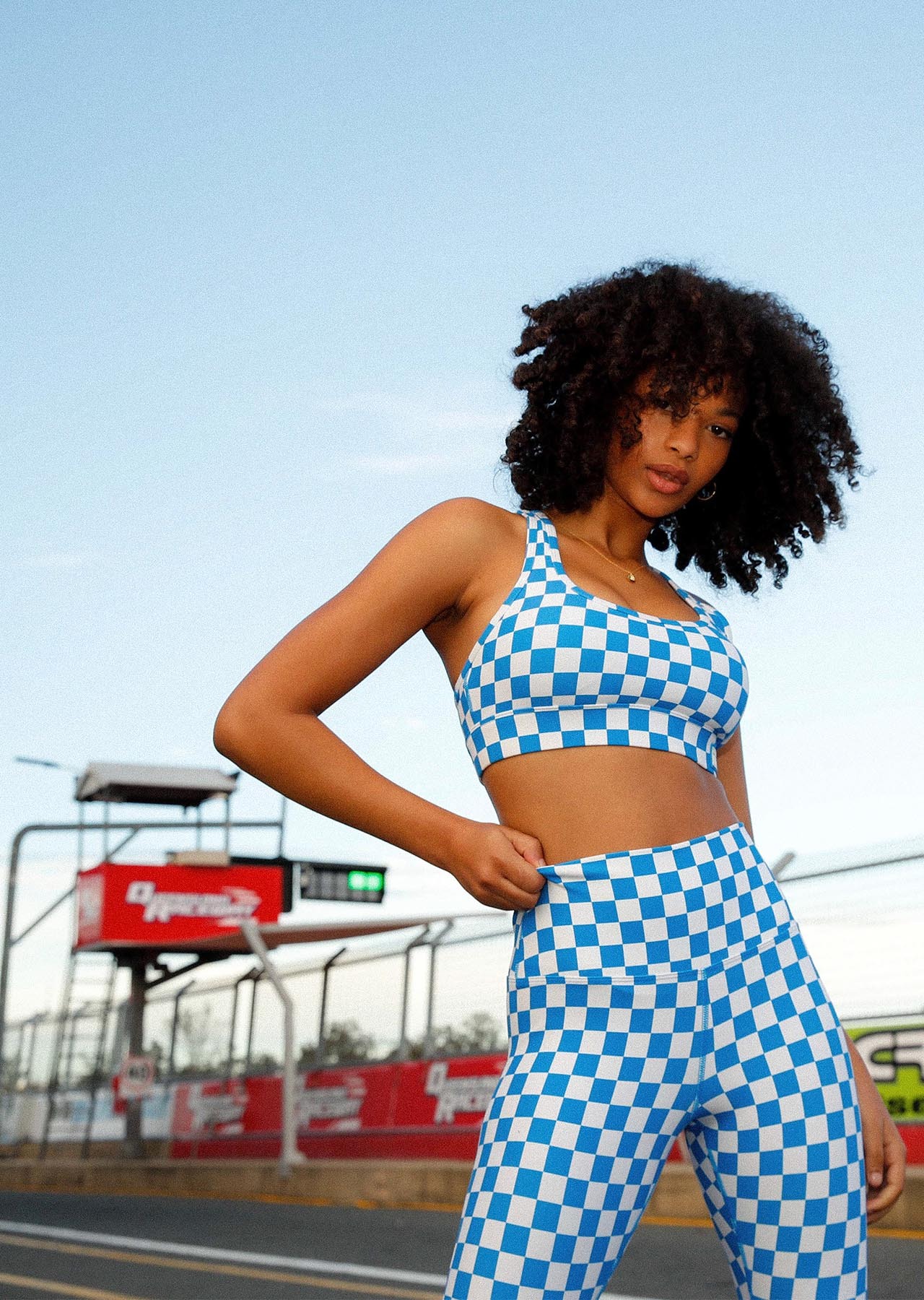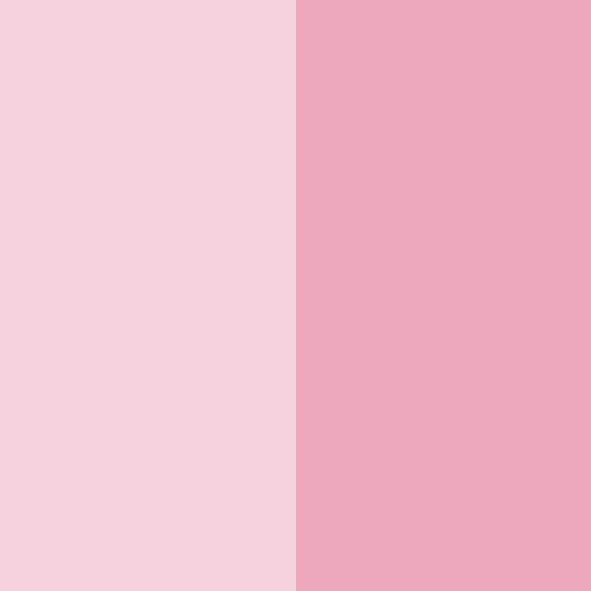The Color Theory Behind Pink and Its Uses
5 (724) · $ 12.50 · In stock
We'll look at the different shades of pink, explain why brands utilize it in their designs and examine its role in color psychology
Seen by many as a ‘feminine’ color, pink is one of the most popular colors brands use when designing graphics and marketing materials aimed primarily at women. In part, this is because shades of pink are commonly associated with emotions like love, kindness, tenderness, and affection. Do you need help deciding whether pink is a good fit for your brand? Read on as we break down the color theory of pink and how you can use it effectively in your designs. The color psychology of pink Whichever tone you choose, the color pink is ultimately a combination of red and […]
Seen by many as a 'feminine' color, pink is one of the most popular colors brands use when designing graphics and marketing materials aimed primarily at women. In part, this is because shades of pink are commonly associated with emotions like love, kindness, tenderness, and affection. Do you need help deciding whether pink is a good fit for your brand? Read on as we break down the color theory of pink and how you can use it effectively in your designs. The color psychology of pink Whichever tone you choose, the color pink is ultimately a combination of red and white. It takes the fiery and passionate tones of red with the pure and soothing qualities of white. The deeper shades of pink express passion, while lighter shades are more caring and gentle. You can use different shades of pink in your design to express or evoke a range of emotions, depending on your target audience and intended messaging. Related: The Fundamentals of Understanding Color Theory Common uses of pink in color theory for designers Love: Pink is seen as warm, loving and romantic Compassion: Empathy and caring qualities are associated with the color pink Hope: Shades of pink have a soothing and positive impression on the viewer Calm: Pink is seen as a gentle and kind color that has a calming effect Positive and negatives traits associated with pink Some of the positive traits associated with pink are: passion, love, romance, caring, warmth, nurturing, understanding, safety, calming and hope. Some of the negative traits associated with pink are: timidity, neediness, naivety, disarming or non-threatening, lacking strength, childishness and in the case of bright hues, loudness. Pink as a 'feminine color' Many brands whose products cater predominantly to women use Pink. This is because pink is traditionally seen as a feminine color and blue is seen as a more masculine tone. These color associations come as a result of cultural and societal norms and are most evident in clothing and toys for children. Hence, designers often make use of this color theory concept in their product designs and marketing materials. However, pink is no longer seen as just a 'feminine' color and can actually be used in a variety of ways. Related: Hues, Tints, Tones, and Shades: What’s the Difference? Popular shades of pink Image Credit: Color Meanings Shades of pink: Pastel pink Associated with purity and calmness, pastel pink is one of the lightest shades of pink. It also has links with the festival of Easter and is very pale and cool. Color codes: Hex #FFD1DC RGB 255, 209, 220 CMYK 0, 18, 14, 0 Light pink Light pink is similar to pastel pink, but it has a stronger red tone to it. It is brighter and more colorful than pastel tones. Moreover, you can see it frequently in products aimed at girls. Color codes: Hex #FFB6C1 RGB 255, 182, 193 CMYK 0, 29, 24, 0 Baby pink Baby pink falls between light pink and pastel pink and is another popular light shade of pink. It is less saturated than light pink and has a cleaner, more toned-down look. Color codes: Hex #F4C2C2 RGB 244, 194, 194 CMYK 0, 20, 20, 4 Dark pink Dark pink is a richer, warm pink that nicely complements lighter shades of pink. This makes it both aesthetically pleasing and handy for designers working with color theory. Color codes: Hex #E75480 RGB 231, 84, 128 CMYK 0, 64, 45, 9 Rouge Rouge is one of the deeper and more muted shades of pink. It has a dusky purplish-pink hue and comes close to being a shade of red or purple under different lighting. Color codes: Hex #A94064 RGB 169, 64, 100 CMYK 0, 62, 41, 34 Neon pink Neon pink is a bright pink that is louder and more eye-catching than other shades of pink. Often used to grab people's attention, it is a bold and passionate color. Color codes: Hex #FF6EC7 RGB 255, 110, 199 CMYK 0, 57, 22, 0 Hot pink Hot pink is warmer than neon pink, but not as bright. Its red and purple tones make it calmer and more pleasing to the eye. And, when it comes to color theory, it's also more versatile for use in marketing and branding. Color codes: Hex #FF69B4 RGB 255, 105, 180 CMYK 0, 59, 29, 0 Brands that use pink Image Credit: Pinterest Due to the versatile and pleasing nature of pink, there are many large brands that use it in their logos and designs. Some of these brands use pink primarily because it's seen as a 'feminine' color. However, many other brands that aren't necessarily targeted at women use it due to its other characteristics too. Barbie Barbie is one of the most prominent users of pink in its brand image. Their color theory heavily uses pink in designs, products, marketing, and even their logo. Barbie products have traditionally been targeted at girls. This is one of the reasons why they heavily incorporate pink. And, as a 'pretty' or 'feminine' color, it continues to be used by Barbie with much success. Adobe InDesign Adobe InDesign is a part of the Adobe creative suite of software and is a popular tool for design and marketing. Used for typesetting and creating designs, it is the industry standard among professionals in the space. InDesign uses bold pink color in its logo and interfaces as part of a clean and minimal design. It effectively uses the different shades of pink that complement each other. This gives the design an elegant and professional feel, along with a sense of creativity and passion. Baskin Robbins Another huge brand that makes use of pink in its logo and designs is Baskin Robbins. The ice cream maker makes use of shades of pink and blue which complement each other. Furthermore, this clever use of color theory makes the logo instantly recognizable and creates a sense of fun, excitement, and joy to reflect the brand's values. The 'BR' in the logo also features the two colors to highlight the number '31'. This is in reference to the number of ice cream flavors originally offered by the brand. The versatile and eye-catching nature of pink makes it a hugely popular color for brands and marketing designers. With so many shades of pink to choose from, many of which complement each other, there's plenty of color theory for designers to play with when producing graphics. If you are looking to use pink in your designs, check out Simplified AI to make your design process easier! Get Started For Free
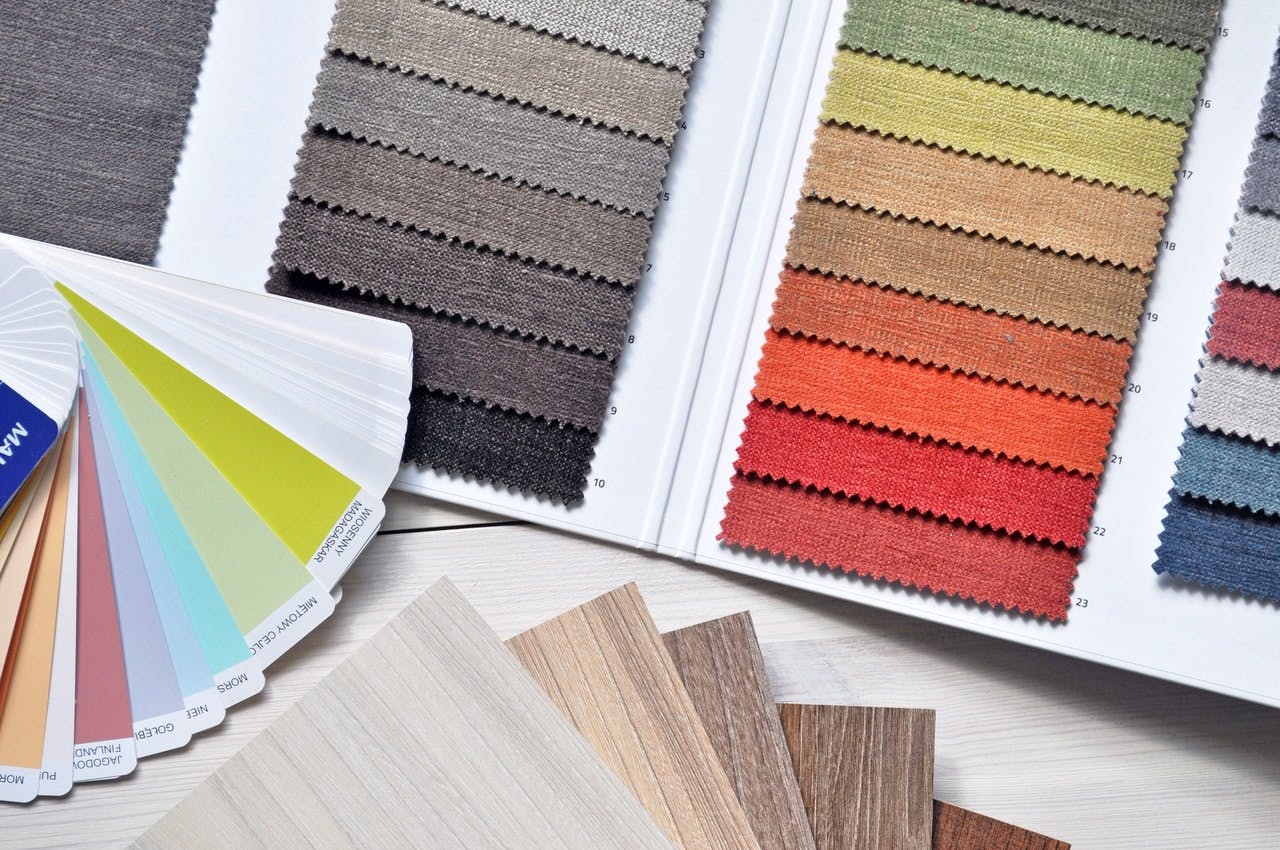
Difference Between Hues, Tints, Tones And Shades

The Worst Color Combinations
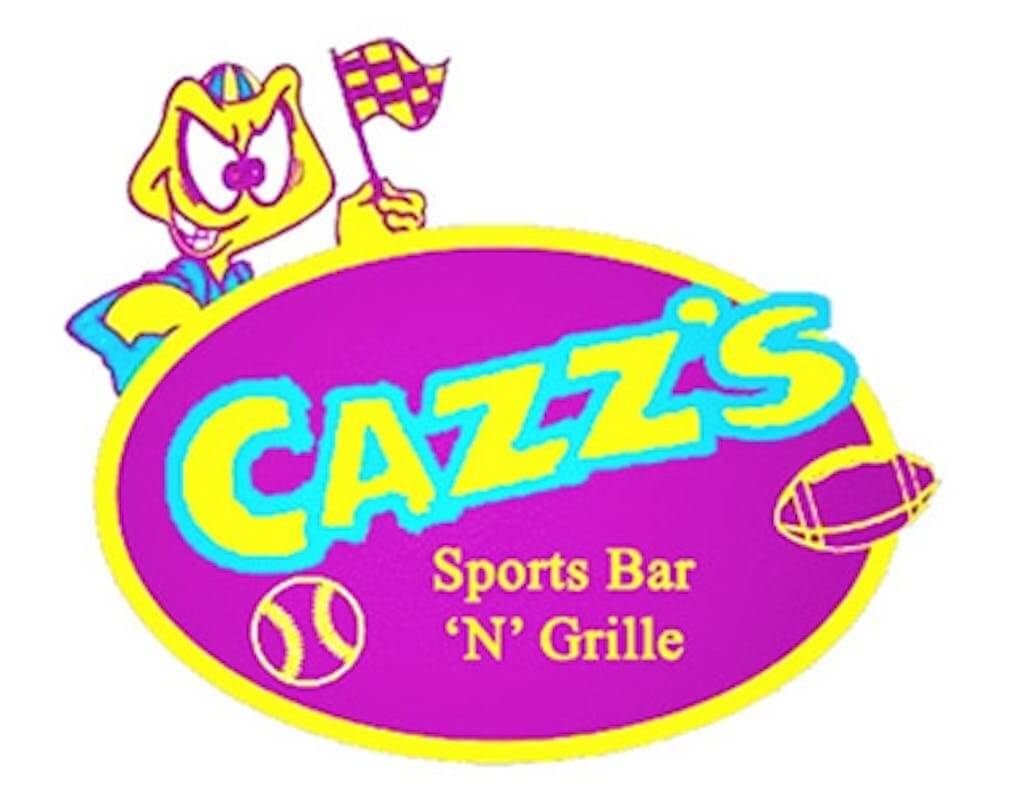
The Worst Color Combinations

The Color Theory Behind Pink and Its Uses
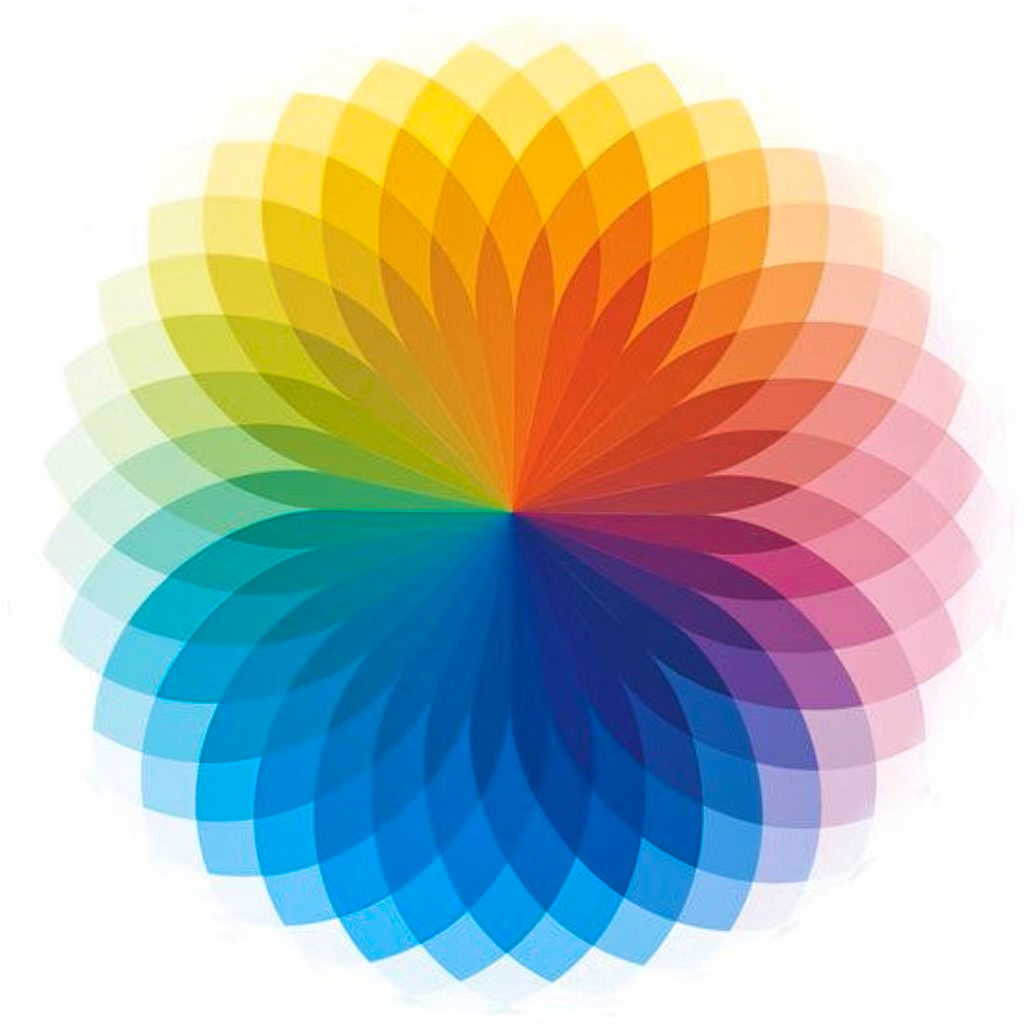
How to Create A Color That Will Blow Your Mind Away

Understanding Chromatic and Achromatic Colors

6 Tips For Designing Colorblind Friendly Graphics

Your Guide To Using Pastel Colors in 2024

A Guide to Color Harmony & How to Use It
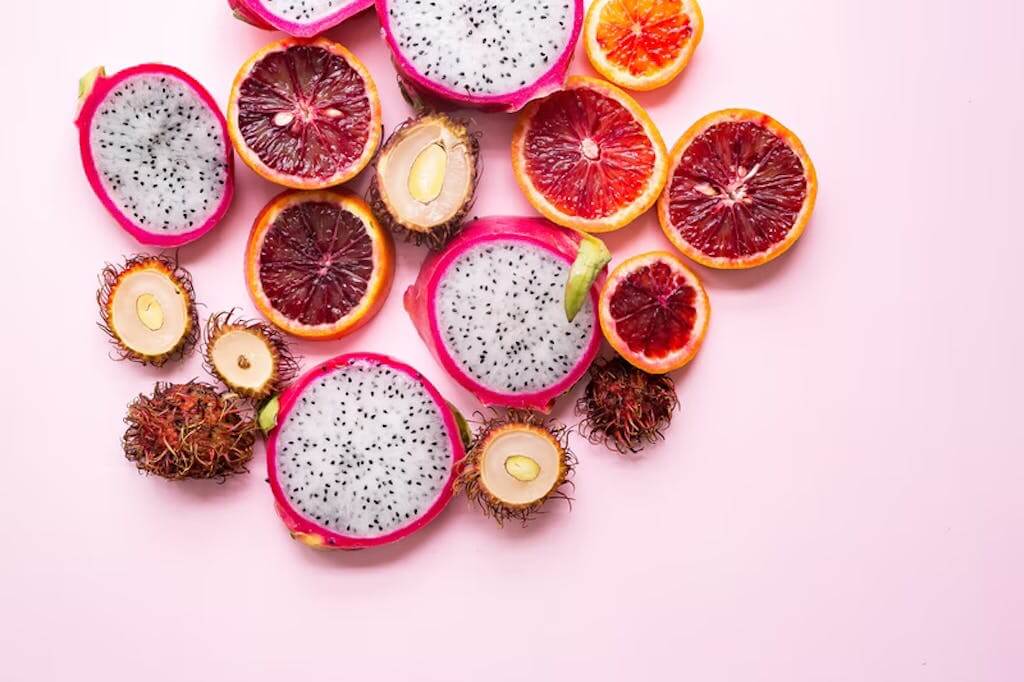
The Ultimate Guide to An Analogous Color Scheme

The Worst Color Combinations
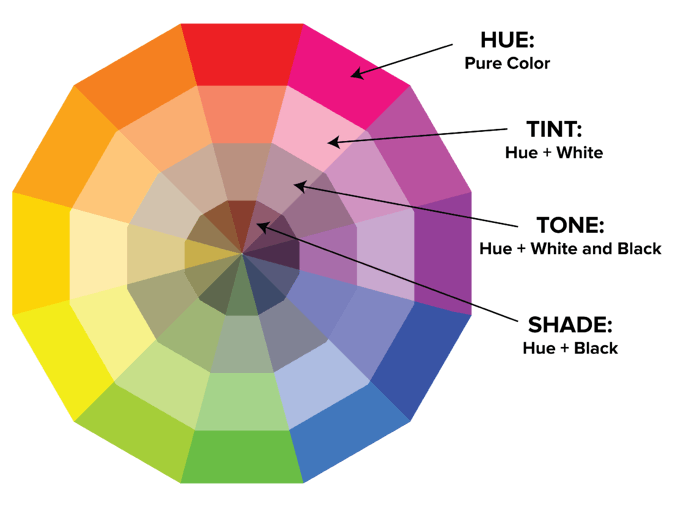
The Guide To Using Complementary Colors In Design
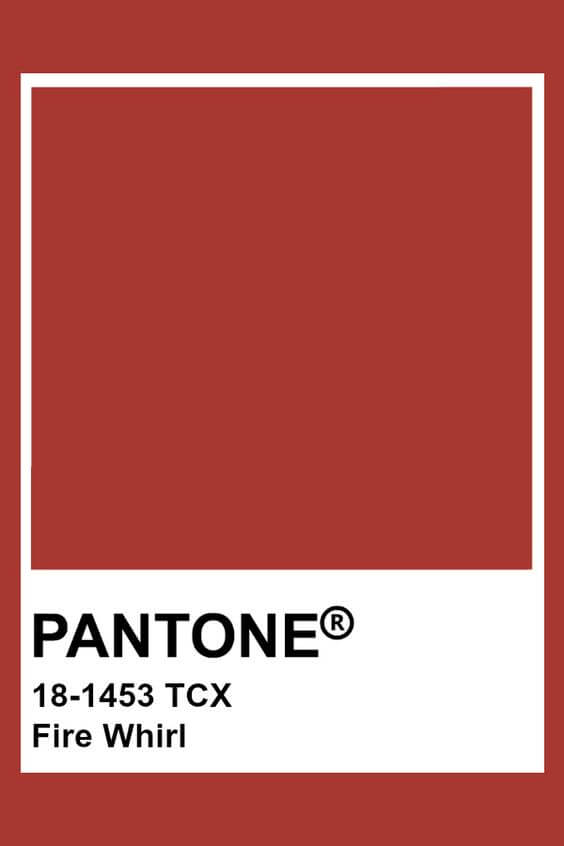
Exploring the Latest Color Trends of 2024

5 Amazing Color Palettes Combos Every Brand needs to Know

Colors Archives, Page 2 of 2

